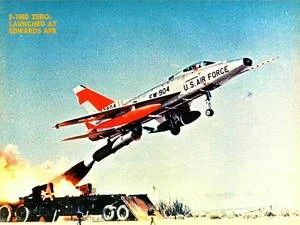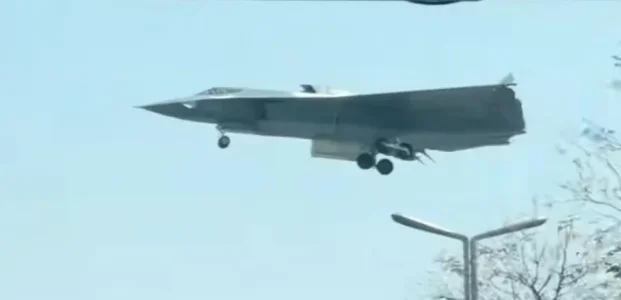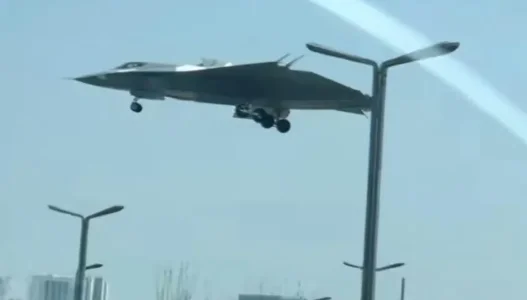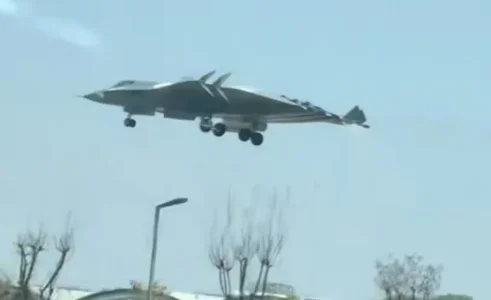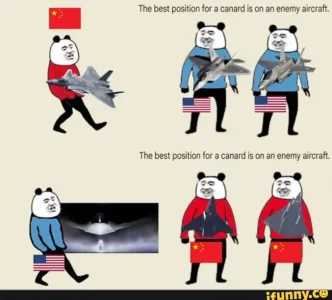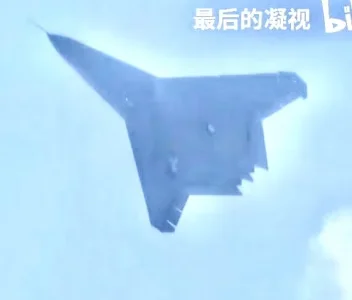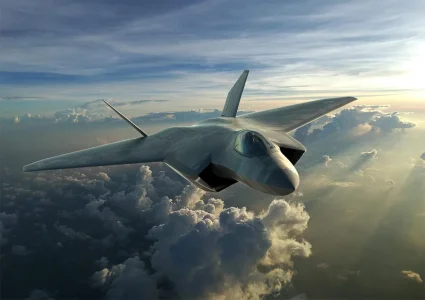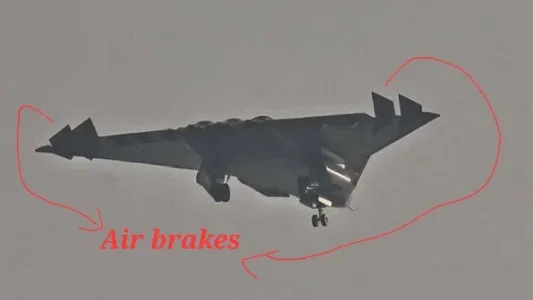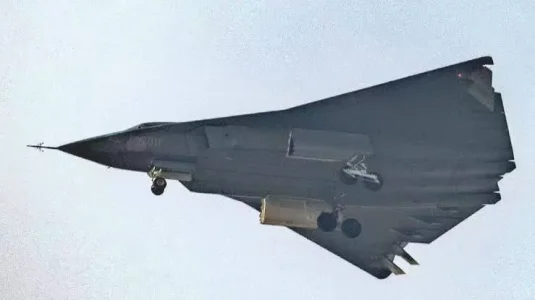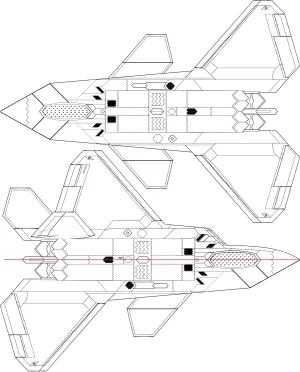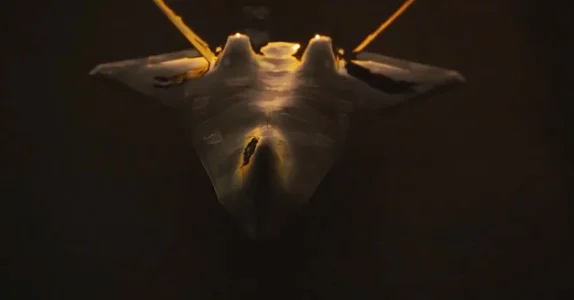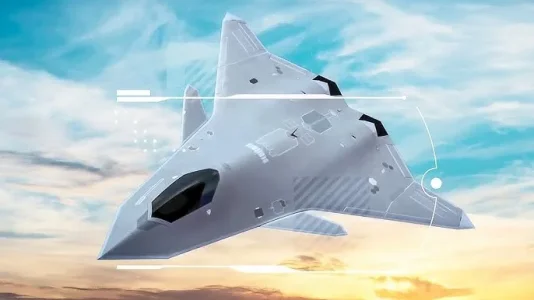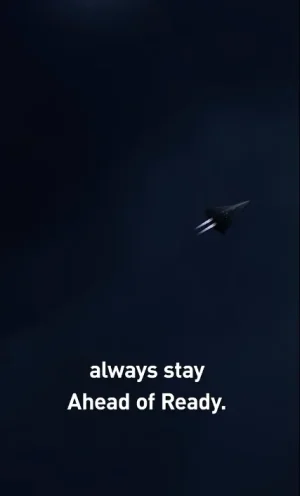- Joined
- Jul 2, 2024
- Messages
- 934
- Likes
- 2,439
I believe s ducts are a no brainer design at this point. The s ducts on the F-35 curve really hard so I don’t see any issues with finding the space.
T
Ducts seem as long or slightly longer than f22's ducts
This j50 looked similar in size to the flanker that was the chase aircraft flying together with it.
View attachment 29571View attachment 29572View attachment 29573
View attachment 29574
View attachment 29577
With modern CAD S/w it might have been taken care of. We can twist the ducts while maintaining its cross section area. Time will tell definitely. Some day, like J-20, all other jets also have to be revealed from close distance.
For common people like us it can actually be a big headache to imagine in 2D

Most 3D artists also make models w/o thinking too much themselves.
F-35 is 1 engined, so having a Y-duct.
Let's take F-22 as foundation reference.
If we wan't a better TE jet as per 6gen features of more capacity of weapons, fuel, new components, then it'll be bigger. So if the size/volume/weight is more & if same or more dry/wet ATWR (Airframe Thrust to Weight Ratio) needs to be maintained, then more airframe weight -> more thrust -> more air -> more area of intake, duct & inlet.
For idea, F-22's F119 Vs F-35's F-135 engines: 100cm Vs 109cm inlet dia., 116/128 KN Vs 156/191 KN dry/wet thrust. 9% more inlet dia., almost 19% more area, 10.3% more dry thrust, 22.4% more wet thrust.
There is no fixed formula b/w area of intake/duct/inlet & thrust, let's assume 1:1 ratio in increase for easy understanding. So if we fit F-22 with a bigger & 33% better engine of 156*1.33= 207.5 KN, the challenges are -
- increase air flow by 33%, means increase area of intake, duct & inlet by 33%. Inlet diameter increases by square-root(1.33) times or 15.32%.
- increase payload & range, means lengthen the jet.
- restrict airframe volume to 133%.
- restrict airframe height to that of F-22 if possible.
If the airframe expands only in width & height then it is easy to design.
If the airframe expands in all 3 XYZ axis in same ratio then also it is easy to design.
But if all 3 axis have different ratios then we have to be careful not to eceed new volume/weight.
Option 1 - stretch the airframe length only by 33%, which will need tandem IWB for extra AAMs.
Option 2 - stretch the airframe width only by 33%, which can adjust 4 more AAMs easily.
Option 3 - stretch both airframe width & length by ratio such that X*Y=1.33, like 1.1*1.2 or 10% X 20%.
Exploring option-1 1st, the fuselage width remains same, area of intake, duct & engine increased, again there are 3 sub-options:
1A - expand area in width & height by 15.32%, engine can be pushed down, but intake slightly portrudes down & out, duct above IWB is manageable.
1B - expand area in height only by 33%, engine can be pushed down, but intake portrudes down more & duct above IWB produces bump.
1C - expand area in width only by 33%, engine is pushed down, intake portrudes out sideways but manageable, duct above IWB is manageable.
I don't have 3D CAD S/w, so I put the above options 3 sub-options in approximate cross section diagrams of F-22:
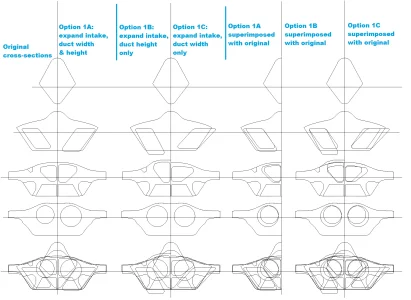
So we see that increased size/volume of 1 or some components or system affects other parts & entire airframe.
The engine power, size, weight is dictating design of stealth jet if same ATWR has to be maintained.


